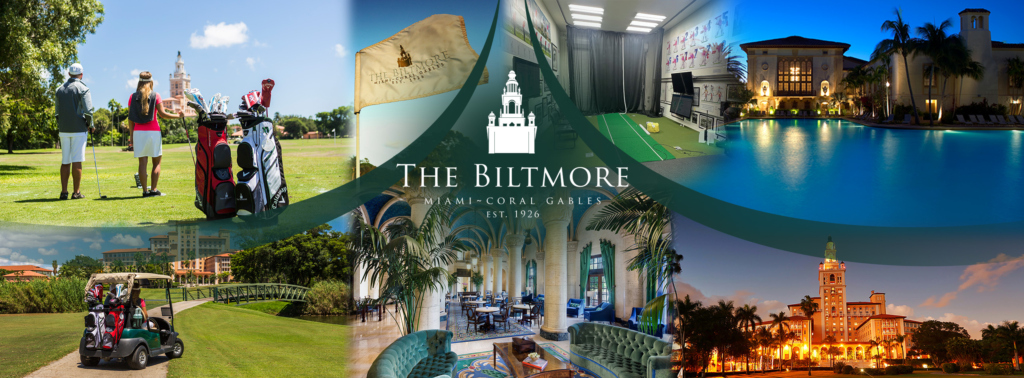Picture a dreamlike setting complete with exquisite, hand painted frescos on barrel vaulted ceilings, brilliant travertine floors, fine marble columns, intricate leaded glass fixtures, carved mahogany furnishings and lavish gardens. Then picture this all in the shadow of a spiraling Moorish Giralda tower. Is it a Spanish castle or a grand Venetian palazzo? Although The Biltmore in Coral Gables, Florida does resemble the finest in classic Mediterranean architecture, it is neither an Italian palazzo nor Iberian castle.
Instead it is the centerpiece of George Merrick’s vision of Coral Gables as an elegant, stately suburb, which he called “The City Beautiful.” Combining his deep affection for lush South Florida landscape with a high regard for Italian, Moorish and Spanish architectural influences, Merrick realized his dream in the construction of his masterpiece. This is The Biltmore Hotel.
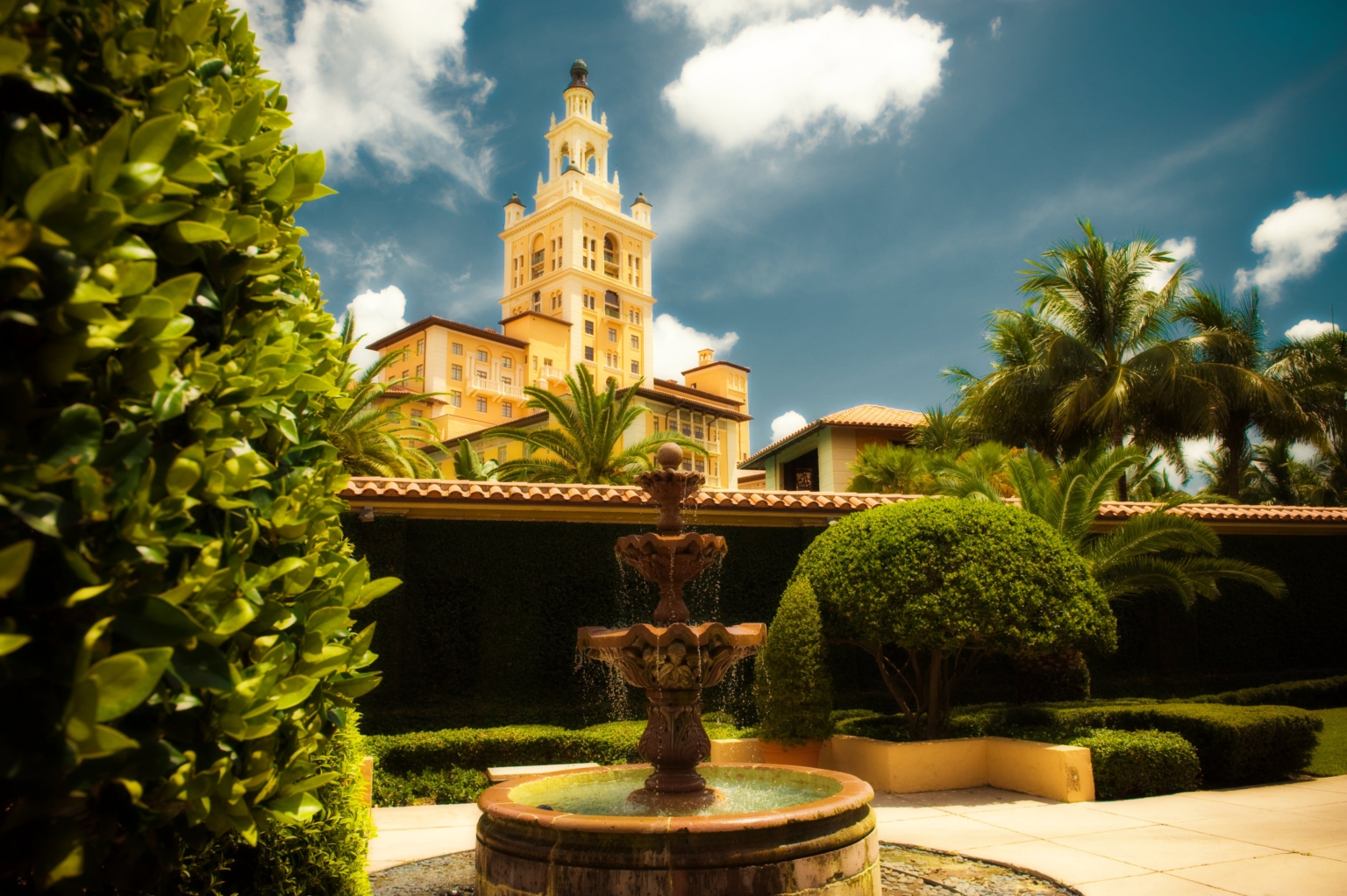
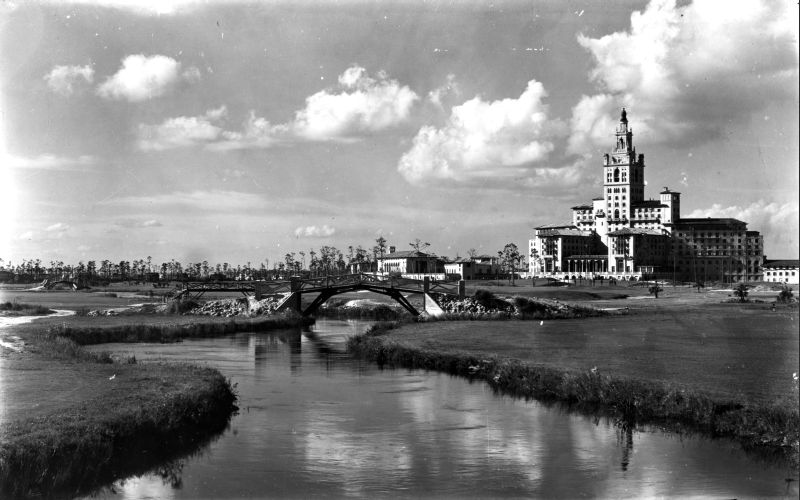
As the creator of Coral Gables, land developer George E. Merrick founded the University of Miami, and developed the suburbs with strict building codes to ensure the beautiful surrounding. In 1924, young Merrick joined forces with Biltmore hotel magnate John McEntee Bowman at the height of the Florida land boom to build “a great hotel…which would not only serve as a hostelry to crowds which were thronging to Coral Gables but also would serves as a center of sports and fashion.”
Bowman contracted with renowned architect Leonard Schultze and S. Fullerton Weaver, a contractor and developer. The team had already designed the Atlanta and Los Angeles Biltmore’s, New York City’s Grand Central Terminal, Miami Beach’s Nautilus Hotel (later the first location of Mt. Sinai Medical Center) and the famed Miami Daily News Tower (now known as the Freedom Tower). On November 25, 1924, 200 of Miami’s business and civic leaders, as well as the press, gathered for a dinner to celebrate the new partnership.
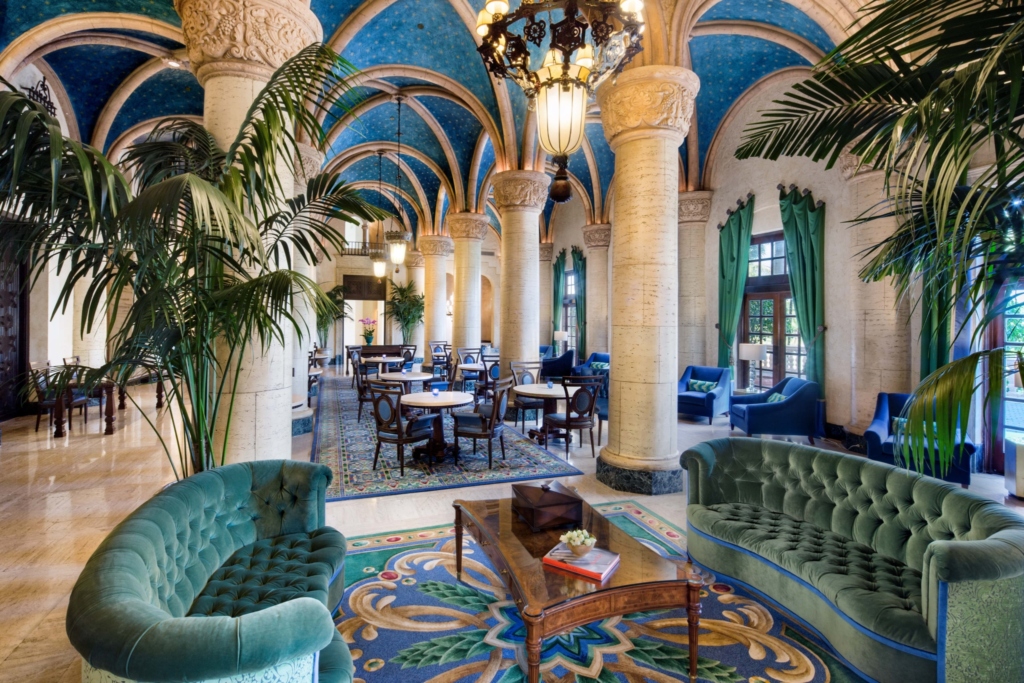
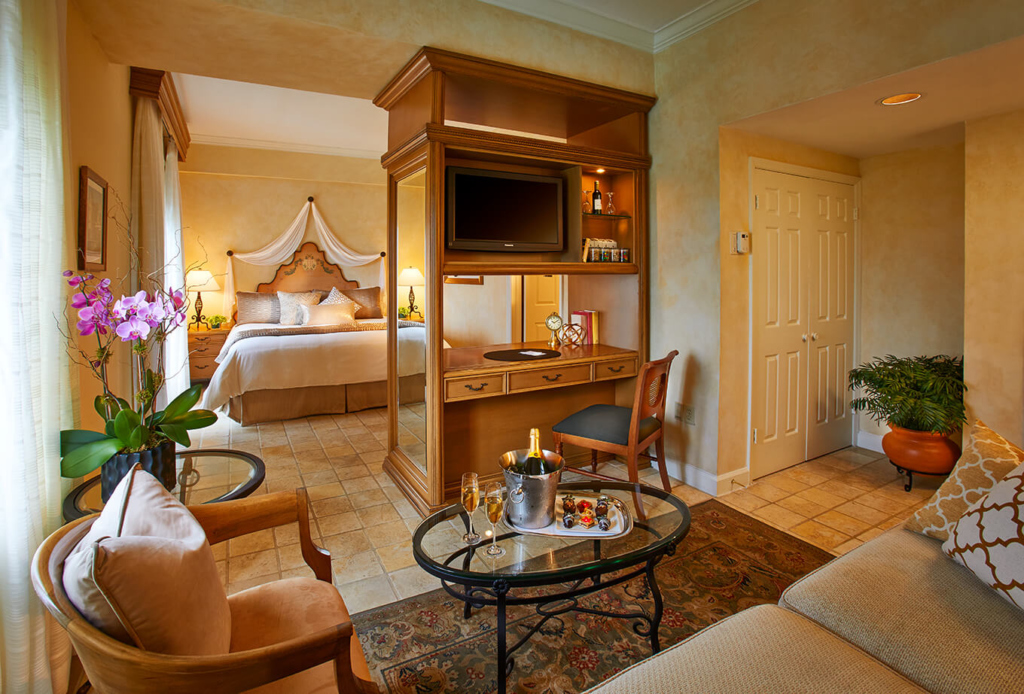
As the creator of Coral Gables, land developer George E. Merrick founded the University of Miami, and developed the suburbs with strict building codes to ensure the beautiful surrounding. In 1924, young Merrick joined forces with Biltmore hotel magnate John McEntee Bowman at the height of the Florida land boom to build “a great hotel…which would not only serve as a hostelry to crowds which were thronging to Coral Gables but also would serves as a center of sports and fashion.”
As the creator of Coral Gables, land developer George E. Merrick founded the University of Miami, and developed the suburbs with strict building codes to ensure the beautiful surrounding. In 1924, young Merrick joined forces with Biltmore hotel magnate John McEntee Bowman at the height of the Florida land boom to build “a great hotel…which would not only serve as a hostelry to crowds which were thronging to Coral Gables but also would serves as a center of sports and fashion.”
The Biltmore was one of the most fashionable resorts in the entire country in its heyday, hosting royalty of both the European and Hollywood variety. The Duke and Duchess of Windsor, Ginger Rogers, Judy Garland and Bing Crosby were frequent guests.
In fact, everyone who was anyone, from politicians like President Franklin D. Roosevelt to notorious gangsters like Al Capone– stayed at The Biltmore, where they enjoyed fashion shows, gala balls, aquatic shows in the 23,000 square foot grand pool, elaborate weddings and world‐class golf tournaments.
With the Jazz Age at full cry, The Biltmore’s big bands entertained wealthy, well‐traveled visitors to this American Riviera resort. Challenged by America’s economic lulls in the late 1920’s and early 1930’s, The Biltmore thrived by hosting aquatic galas that drew crowds and kept the hotel in the spotlight.
Up to 3,000 spectators turned out on Sundays to watch synchronized swimmers, bathing beauties, alligator wrestlers and the four year old boy wonder, Jackie Ott, whose act included diving into the immense pool from an 85‐foot high platform. Prior to his tree‐swinging days in Hollywood, Johnny Weissmuller was a Biltmore swimming instructor and later broke world records at The Biltmore pool. The aquatic shows were extremely popular with families, who would later dress up to attend fashionable tea dances on The Biltmore’s grand terrace.
With the onset of World War II, the War Department converted The Biltmore to a huge hospital, dubbed the Army Air Forces Regional Hospital. Adapting the building to its new use, the Army sealed many of the former hotel’s windows with concrete, and covered the travertine floors with layers of government-issue linoleum. Also the early site of The University of Miami’s School of Medicine, The Biltmore remained a Veteran’s Administration hospital until 1968.
Following intense lobbying by Coral Gables officials and city residents for The Biltmore’s acquisition, in 1973 the City of Coral Gables was granted ownership of the hotel through the Historic Monuments Act and Legacy of Parks program. But the City remained undecided as to the structure’s future, and The Biltmore remained unoccupied for almost 10 years
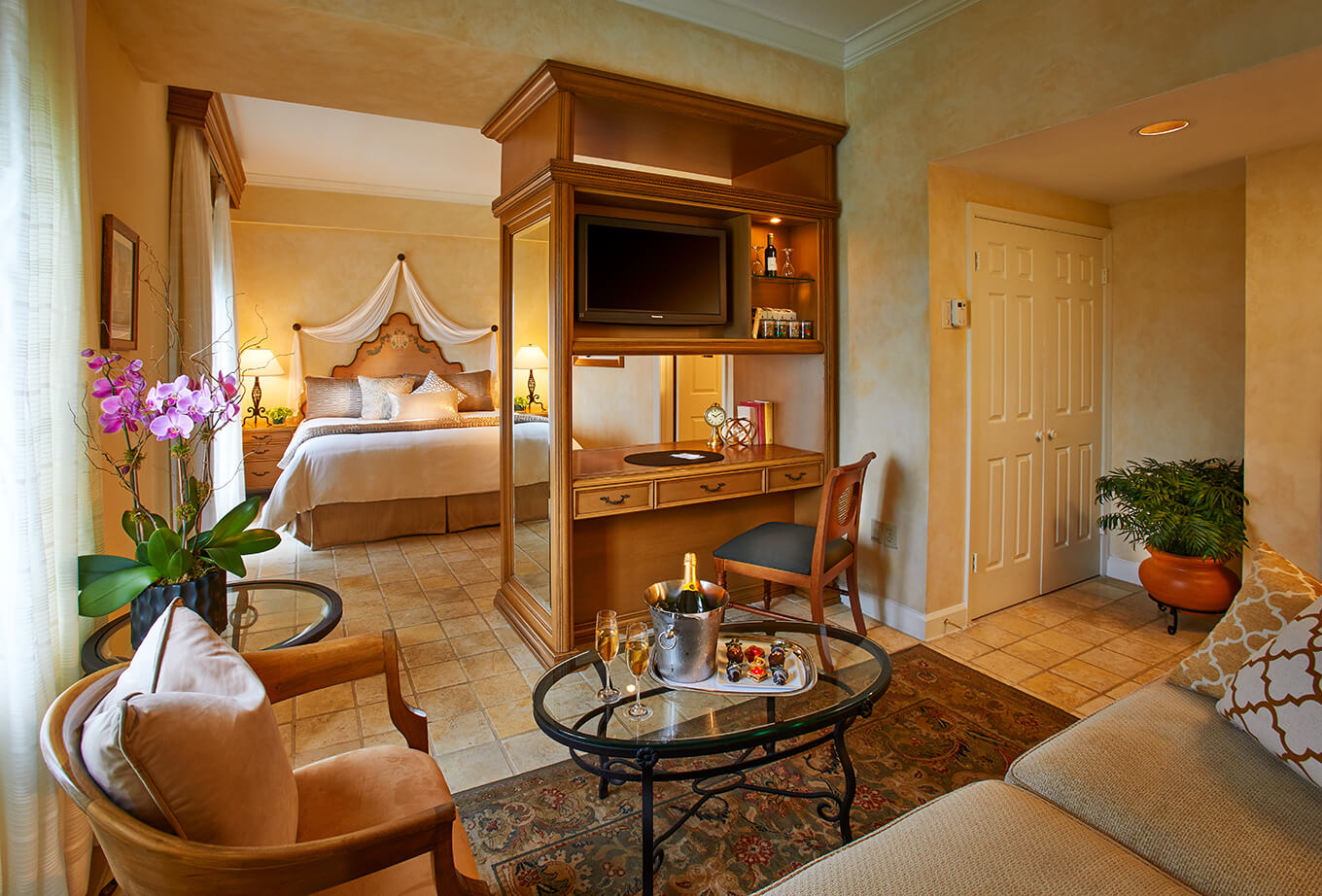
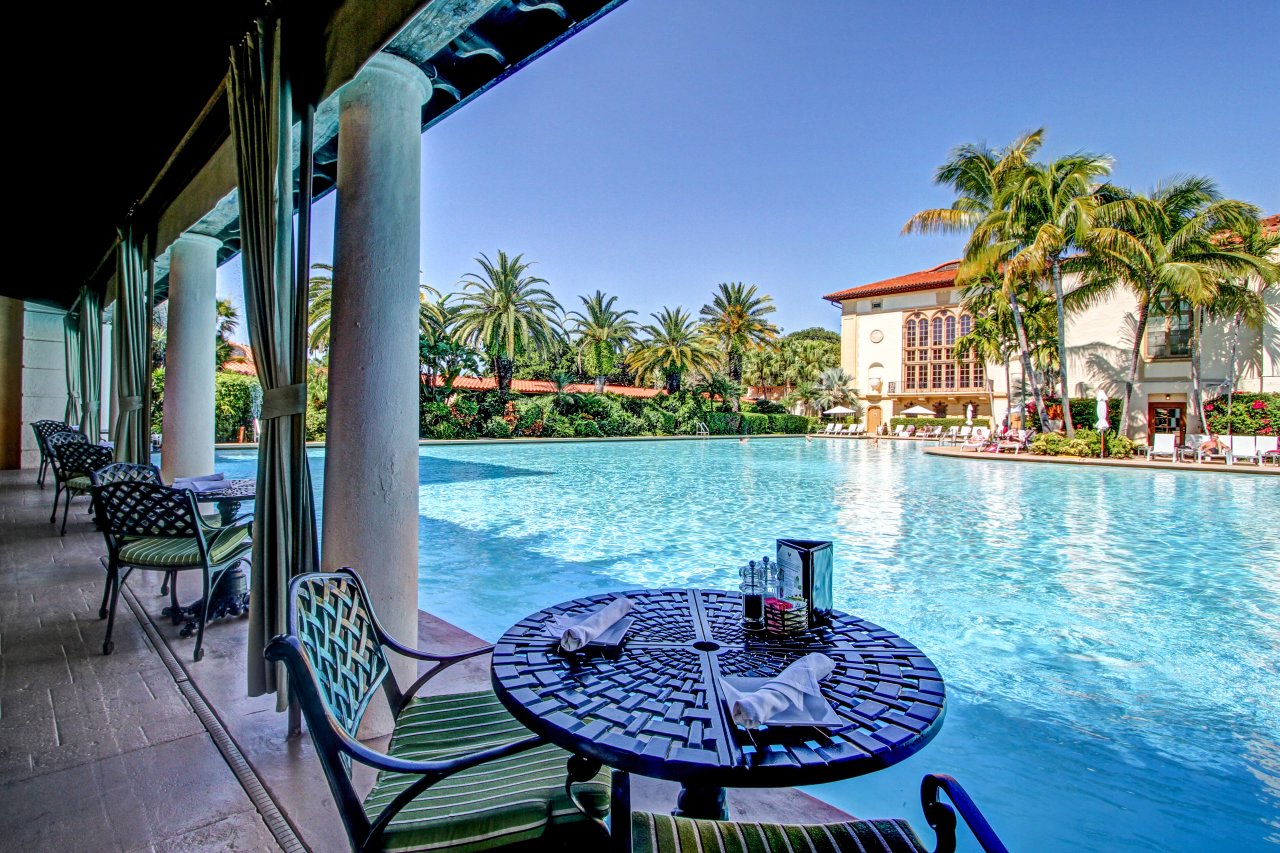
Finally in 1983, the City initiated a full restoration of the Biltmore to its former glory as a grand hotel. Nearly four years and $55 million later, The Biltmore re-opened on December 31, 1987 as a four-star hotel and resort. More than 600 guests turned out to honor the historic Biltmore at a black-tie affair. The hotel remained open for three years, but closed again in 1990 in the midst of the country’s economic downturn.
